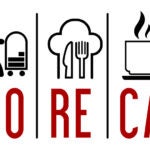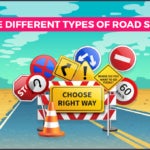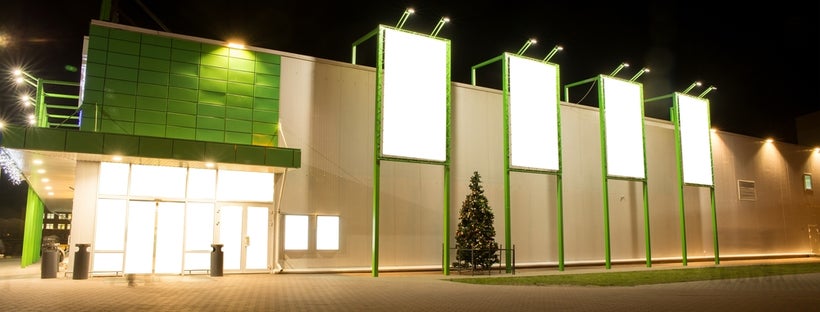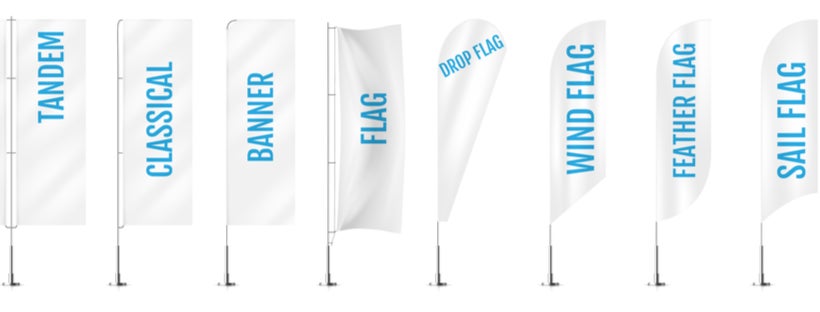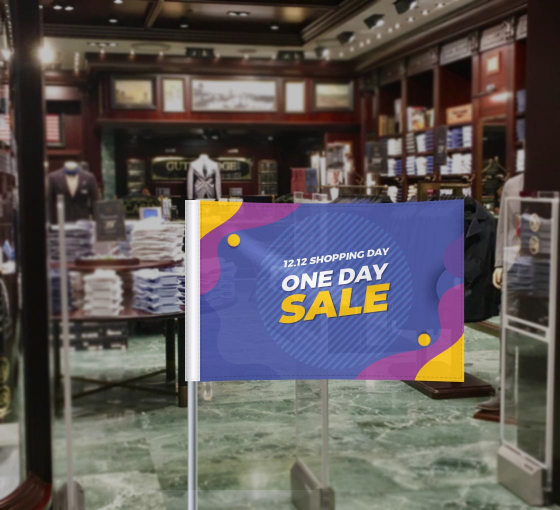This April 2024, the Autism Society of America is celebrating Autism Acceptance Month with #CelebrateDifferences campaign. Come let’s contribute to stopping the odds happening and save the rights of all children including the most marginalized and vulnerable. The convention on the rights of children has the biggest international support of any human rights treaty. However, it is hardly known to most of the population. Let’s spread the word this autism awareness month and save children from suffering violence, exploitation, and neglect.
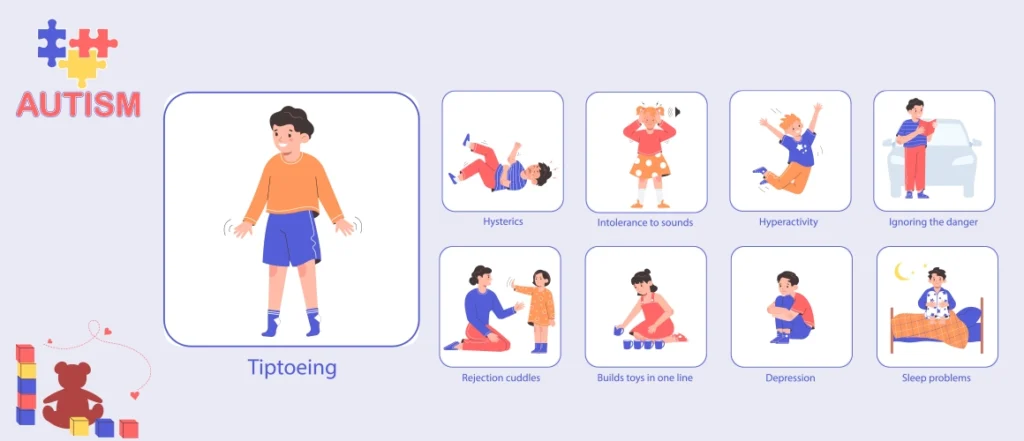
Autism Awareness Campaign – Need & Ideas
In 2020, the Autism and Developmental Disabilities Monitoring Network found that 1 in every 47 kids in America who are 4 years old has Autism. Boys are more likely to have it than girls, across all states. Another survey in 2015 showed that 8 out of 10 people with autism experienced exploitation by someone they thought was a friend. That’s a big jump, which shows protection and awareness of people with autism needs to be taken more seriously.
Organizing an Autism awareness event in America involves several key steps to ensure it’s impactful, inclusive, and informative. Here’s a guide on how to raise awareness for autism to help you through the process:
1. Define Your Objectives
Raise Awareness: Educate the public about Autism Spectrum Disorder (ASD).
Fundraise: Collect donations for Autism research or support services.
Community Building: Connect individuals with ASD and their families with supportive communities and resources.
2. Plan Your Event
Type of Event: Decide on the format (virtual, in-person, or hybrid), such as walks, runs, seminars, workshops, or art exhibits. Use customized banners, signs, and flags with effective messages. Using autism awareness colors that is; blue, green, yellow, red, and purple.
Blue: serenity, understanding, and calmness. The ‘Light It Up Blue’ campaign championed by Autism Speaks has popularized the link between blue and autism.
Green: growth, healing, and fertility.
Yellow: hope, happiness, and positivity.
Red: love, passion, and energy.
Purple: creativity, imagination, and individuality.
Target audience: Identify who you want to reach (families, teachers, healthcare professionals, etc.).
Date and location: Choose an appropriate date and location, considering accessibility for all participants, including those with ASD.
Speakers and Activities: Choose knowledgeable speakers, engaging activities, and appropriate materials to share with attendees.
Permits and Insurance: Determine if any permits are required for public spaces or insurance for the event.
The Importance of Autism Markers
Visual cues: Cues such as the puzzle piece and infinity symbol provide visual and cohesive images that spark conversation and build acceptance.
A source of hope: They represent the unique strengths and abilities of individuals with autism, and emphasize the importance of acknowledging their abilities and muscles.
Choosing Symbol Colors
When selecting colors for autism awareness symbols, consider their awareness and recognition, meaning and symbolism, accessibility, and consistency. Personalization allows for the representation of individual experiences and perspectives within the autism community.
Challenges Faced by Individuals with Autism
- Communication Challenges: Leading to social isolation and relationship issues.
- Sensory Sensitivities: Making certain environments overwhelming.
- Emotional and Physical Demands: Placed on families requiring additional support and resources.
Supporting Individuals with Autism in Social Situations
- Practice Patience: Allow time for processing information and responding.
- Use Clear Language: Avoid confusing idioms or sarcasm.
- Be Mindful of Sensory Sensitivities: Choose settings that accommodate these sensitivities.
- Provide Visual Aids: To clarify social expectations.
- Encourage Social Interactions: Through structured activities or one-on-one interactions.
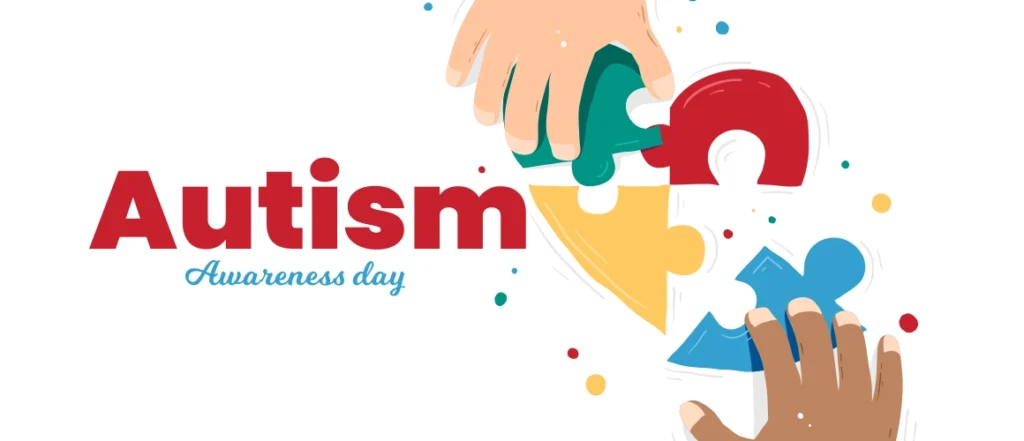
3. Collaborate with Organizations
Partner with local and national Autism organizations, schools, healthcare providers, and businesses to gain support, resources, and credibility.
4. Promote Your Event
Marketing Materials: Create flyers, posters, and social media materials.
Media Outreach: Contact local newspapers, radio stations, and TV networks to get coverage of the event.
Social Media: Use platforms like Facebook, Instagram, and Twitter to reach more people. Consider creating an event page or hashtag.
5. Accessibility and Inclusion
- Make sure the event is accessible to everyone by considering sensory sensitivity, communication needs and physical distance.
- Provide clear information on what event attendees can expect to reduce anxiety for individuals with ASD.
6. Educate and Engage
- Provide educational materials and resources about ASD.
- Include interactive features and opportunities to engage and keep attendees actively engaged.
7. Follow-up
- Thank participants, sponsors, and speakers post event.
- Share the success of the event through social media and press releases.
- Gather feedback to improve future events.
8. Evaluate
- Assess the impact of the event based on your objectives.
- Consider the amount raised if fundraising was a goal.
- Consider attendee involvement and feedback to make the event run smoothly and measure areas.
How to Raise Autism Awareness
Remember, the key to a successful autism awareness program is inclusion, education, and community engagement. Engaging with local autism community members and experts can provide valuable insights and ensure your activities are respectful, informative and supportive.
Written by







































 Posted in
Posted in 


